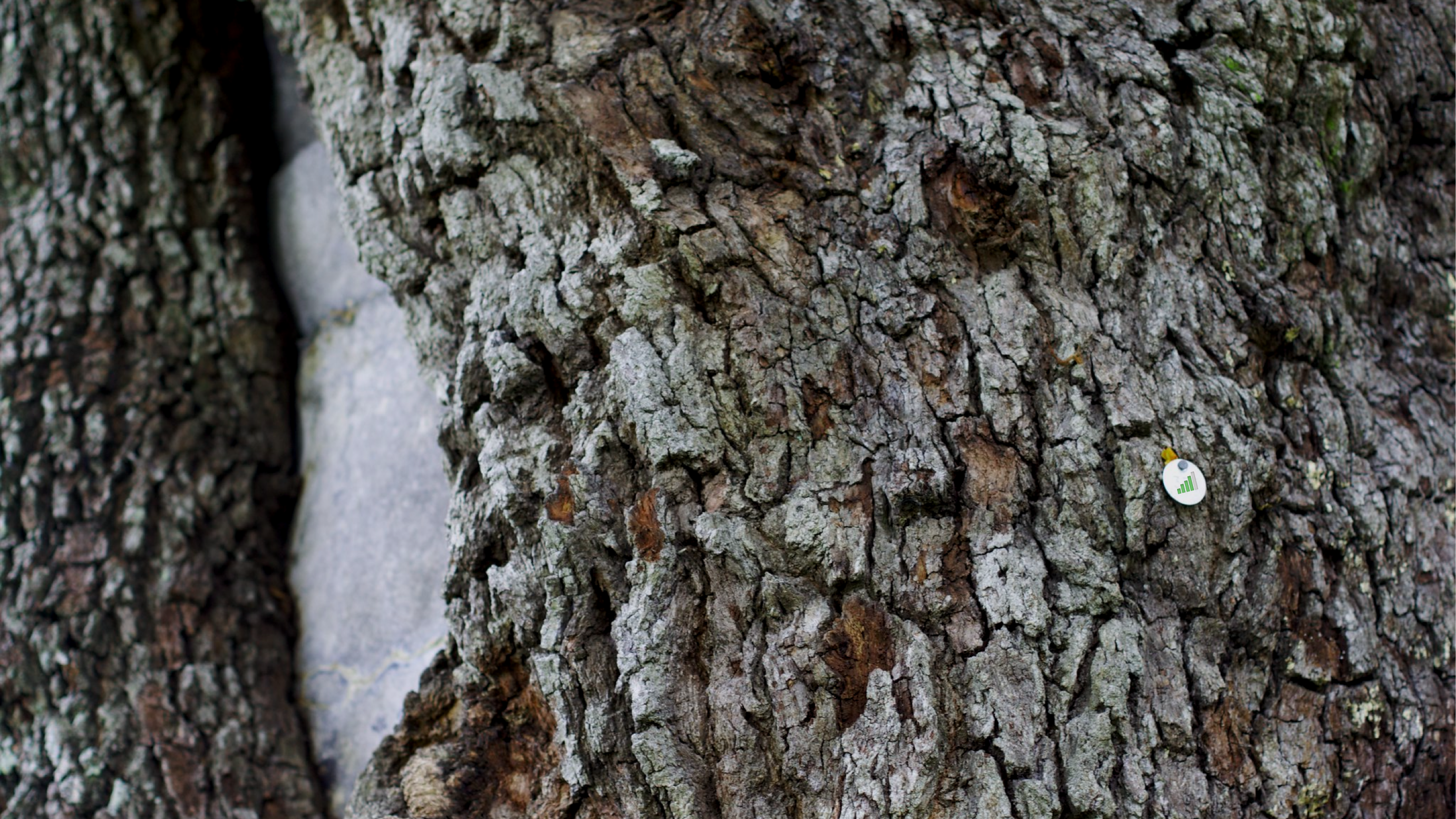SCENARIO 03 –
WiFi Landscaping
This scenario is a provocation featuring a fictional plant catalog, where plants are categorized by the degree to which each species interferes with wireless telecommunication signals.

Context
The relationship that humans have with nature and wilderness is one that is multifaceted, and difficult to define. What does it mean for something to be natural? What exactly is wilderness?
This provocation considers the surface-level relationship that humans have to entities like plants. When it comes to landscaping, the choice of plant species is largely based on aesthetics – “the process of making a yard or other piece of land more attractive by altering the existing design, adding ornamental features, and planting trees and shrubs.” [1]
Here, it’s not just the aesthetics of wilderness, but an added functionality or utilitarian feature. I could imagine that some people might choose to only plant species that have the least amount of interference with wireless signals, but maybe others would choose to do the opposite and plant only species that have the highest amount of interference.
Could this be used as a way to protect certain types of animal species who are sensitive to certain ranges of low or high frequencies?
This provocation considers the surface-level relationship that humans have to entities like plants. When it comes to landscaping, the choice of plant species is largely based on aesthetics – “the process of making a yard or other piece of land more attractive by altering the existing design, adding ornamental features, and planting trees and shrubs.” [1]
Here, it’s not just the aesthetics of wilderness, but an added functionality or utilitarian feature. I could imagine that some people might choose to only plant species that have the least amount of interference with wireless signals, but maybe others would choose to do the opposite and plant only species that have the highest amount of interference.
Could this be used as a way to protect certain types of animal species who are sensitive to certain ranges of low or high frequencies?
The Catalog
The catalog was designed based on research around how forested landscapes have negative effects on wireless-signal propagation, and how certain types of trees seemed to more frequently produce signal losses. For example, this research suggested that the leaf density from conifer trees frequently showed more losses in signal than deciduous trees.

UI design for what the plant catalog might look like.
![]()
Reference: “Computational Landscape Architecture,” by Geoff Manaugh [1].

Reference: “Computational Landscape Architecture,” by Geoff Manaugh [1].

A product page for a eucalyptus tree. This species is among the top 5% chosen by customers for the HIGHEST signal interference.
Worth noting: eucalpyts are not native to America – they were first introduced to California by Australians in the 1850s, during the Gold Rush [2].
A customer review for a type of maple tree. This species is among the top 5% chosen by customers for the LOWEST signal interference.
This review is based on threads research around the impacts of wifi radiation on trees. One study cited observations including “death of parts of the leaves, abnormal growth and fissures in the bark.” [3] While these studies are contested and often described as inconclusive, it is worth noting that these experiments span several months rather than years or decades.
Regardless, using the customer review as a format enabled me to further think about the functional relationship that humans have to nature – in that we may want it around us, but that this desire is often at odds with how humans prioritize the plausible benefits to our lifestyles over sustaining them long-term. This review reports the sort of dismay and an irony that the tree did well at not interfering with signals, but the tradeoff is that it’s dying because of it.
References:
[1] “Computational Landscape Architecture,” Geoff Manaugh.
[2] “How the Eucalyptus Came to California,” Teisha Rowland.
[3] “Wi-Fi Radiation is Killing Trees,” Dan Nosowitz.
[4] “Something in the Air,” Kaitlyn Tiffany.
